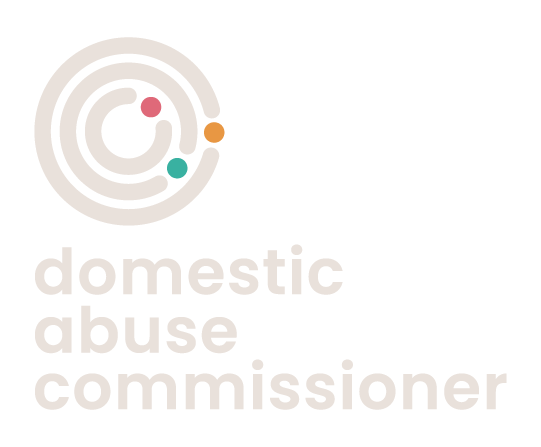By Dr Cath White
The changes to legislation on non-fatal strangulation (NFS) are to be celebrated. It is hoped that they will provide a greater degree of protection to victims of this horrendous and cruel crime.
It is important that collectively we now seize the opportunity to increase awareness amongst the public and professionals about the high prevalence and dangerous nature of Non-Fatal Strangulation.
Many victims of sexual violence and domestic abuse will be familiar with the terrifying nature of NFS.
It is a very intimate crime, often committed face-to-face, eye-to-eye. His hands around her neck (as it is overwhelmingly male against female) the perpetrator and his victim have a shared understanding that her life is literally in his hands. Many victims believe that they are about to die, their fate at the mercy of the attacker.
Sometimes the intent of the attacker will be to kill the victim but many times it will be a way to control her. And as a method of control, it is powerful. Studies show that less than half of victims have visible injuries as a result of NFS. Lack of awareness by professionals regarding prevalence of NFS, signs and symptoms and absence of injuries has meant that perpetrators have been able to use it, often repeatedly, without challenge or punishment.
Hopefully the commencement of the new offence will change that.
A three-year study on NFS done at Saint Mary’s Sexual Assault Referral Centre (SARC) in Manchester [1]found that:
Of the 2196 adults attending for a forensic medical examination following a report of rape or sexual assault:
- 1 in 11 said that they had also been strangled as part of the assault.
- This rose to 1 in 5 where the alleged perpetrator was a partner or ex-partner
- 40% were strangled in their own home
- 27% said their attacker had strangled them before this incident
- 15.7% were strangled until they had lost consciousness
- 36.6% thought that they were going to die
- Less than half had any external injuries to their neck or head as a result of the strangulation. This injury rate remained the same whether or not the victim was passive or put up a struggle, underlying that the locus of power and control would seem to rest with the perpetrator
Hopefully this will now change with the new legislation.
- More victims will realise the danger that they are in.
- Professionals will appreciate the risk and take NFS more seriously.
To maximise the impact and take advantage of the changes we need:
- A publicity campaign
- Training for front line workers
- Research to monitor the response/impact of the new legislation
- A review of the services available to domestic abuse victims with subsequent options appraisal and task force to implement required changes (currently they do not have access to SARC like services – for example: forensic medical examination, expert reports, holistic care as a victim of sexual violence would expect to receive)
- Forensic medicine to be a recognised medical speciality which will help boost capacity. The Faculty of Forensic and Legal Medicine has some guidance on NFS[2]
- A UK Institute of Strangulation Prevention as per the USA & Australian model
- [1] White C, Martin G, Schofield AM, Majeed-Ariss R. (2021) “I thought he was going to kill me”: Analysis of 204 case files of adults reporting non-fatal strangulation as part of a sexual assault over a 3 year period. Journal of Forensic and Legal Medicine 79 (2021) 102128 DOI.org/10.1016/j.jflm.2021.102128
[2] https://fflm.ac.uk/resources/publications/non-fatal-strangulation-in-physical-and-sexual-assault/
Dr Cath White, OBE, is a forensic physician, and ex-clinical director of St Mary’s Sexual Assault Referral Centre. She is a specialist in the treatment of sexual assault and rape victims. Cath sits on a group of expert volunteers who are working together to raise awareness and organise training for professionals so they fully understand the new offence of Non Fatal Strangulation.

